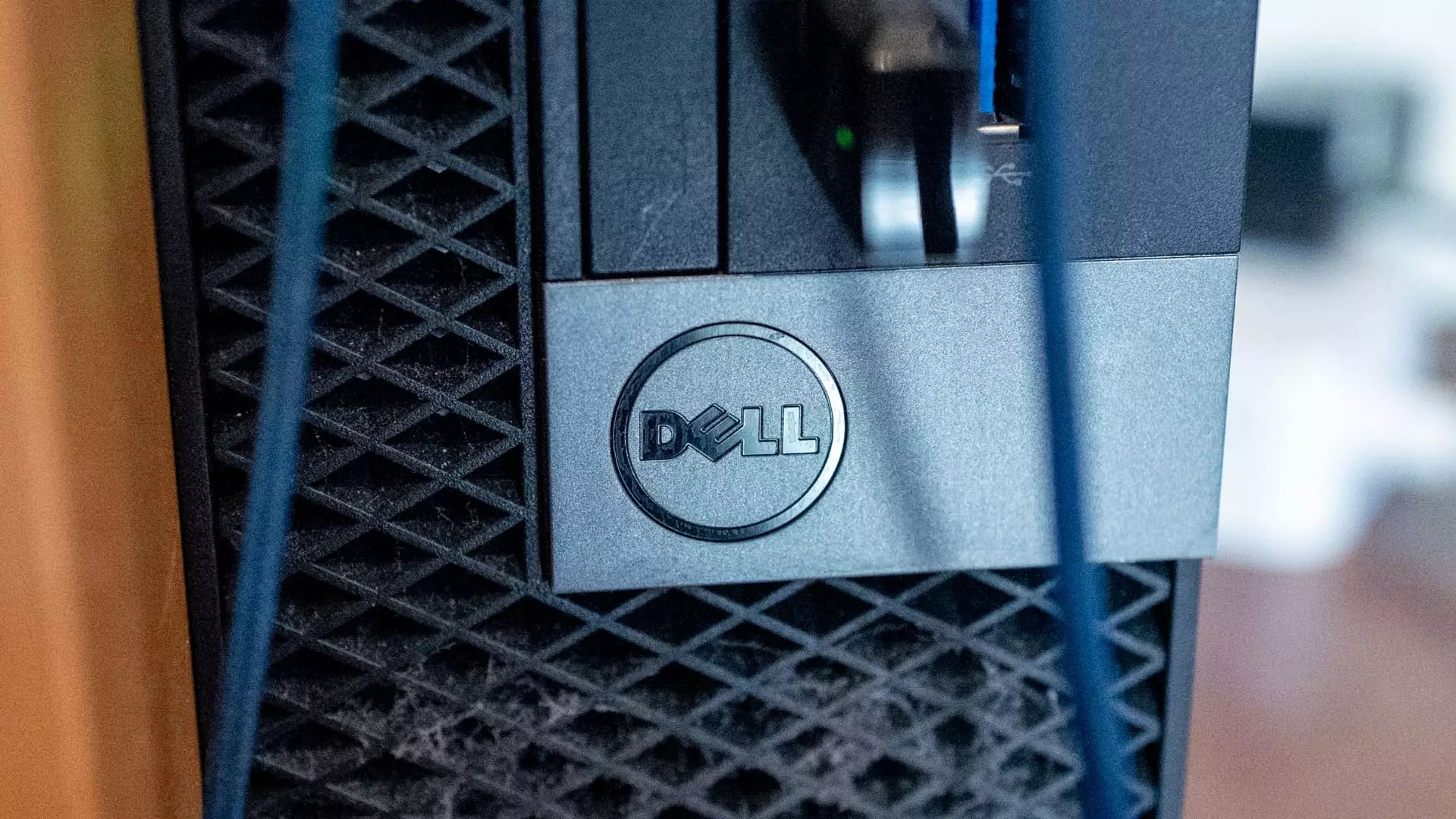The world of technology often oscillates with the whims of market sentiment, and as we delve into the first quarter of 2025, the tech sector stands at a crossroads. While it soared magnificently in 2024, the subsequent months have not been kind. A staggering 12% plunge has landed the sector as the second worst-performing cohort in the S&P 500, trailing closely behind the consumer discretionary sector. But why such turmoil? The answer lies in a mixture of economic policy recalibrations, shifting investor priorities, and an evolving market landscape that poses both challenges and opportunities.
Understanding the Current Landscape
The recent implementation of President Donald Trump’s trade policies has sent shockwaves through the tech industry, particularly affecting companies that rely heavily on international markets for both manufacturing and sales. This has caused investors to retreat from tech stocks, seeking solace in more stable sectors like consumer staples and utilities. It’s a classic case of investors prioritizing short-term stability over long-term growth prospects, a tendency that may overlook the underlying innovation dynamism that defines the tech sector.
As the market wrestles with these pressures, we witness a battle between defensive and growth-focused investments. While the former may seem prudent in uncertain times, one could argue that abandoning names tied to innovation and technological advancement is misguided. Emerging companies possess the potential for explosive growth, and it’s this vein of opportunity that savvy investors should tap into, focusing on names with a solid foundation and potential for rebound rather than simply fleeing the volatility.
Spotting the Bounce-Back Candidates
Despite the gloomy snapshot presented, analysts suggest that not all tech companies are doomed to languish in obscurity. Some stand on the precipice of comeback potential, distinguishing themselves with strong fundamentals and forward-looking strategies. CNBC Pro’s analysis shines a light on certain select stocks that, while beaten down, are likely to show resilience as the second quarter unfolds.
For instance, Arista Networks exemplifies a company that has faced adversity but possesses the undercurrents of significant growth. Currently down nearly 30% this year, the company boasts a price target nearly 50% above its current trading range, illustrating a striking opportunity hidden beneath a temporary market malaise. Analysts posit that the accelerating growth of artificial intelligence will create an insatiable demand for Arista’s cloud computing services, a reality that could catalyze a swift recovery.
Similarly, Dell Technologies’ performance—a 20% drop in stock price—offers a silver lining; analysts predict a 52% increase from its current level. Morgan Stanley’s endorsement of Dell highlights the company’s strategic positioning around artificial intelligence and machine learning, alongside its resilience in a challenging macroeconomic climate. This deft handling of evolving consumer needs mirrors the characteristics of a company geared for a renaissance, not just survival.
The Broader Implications for Investors
As investors contemplate potential recoveries in the sector, they must stay alert to the broader implications of government policies and global economic conditions. With trade tensions looming and macroeconomic uncertainties prevalent, the tech player’s route to recovery is fraught with challenges. However, historically, periods of turmoil often precede significant market movements; those willing to differentiate between temporary setbacks and permanent declines stand to reap substantial rewards.
Names like ServiceNow, On Semiconductor, and Broadcom also represent a mosaic of opportunity in this landscape of uncertainty. Their capacity to innovate, adapt, and grow amid economic headwinds is commendable. The time has come for investors to reassess their strategy and consider allocating resources towards these players, positioning themselves at the forefront of the next tech wave.
The tech sector epitomizes a dual narrative—the fluctuations of a market grappling with change and the relentless drive of innovation that underpins these very companies. As the dust settles from what has been a chaotic start to the year, the emphasis on strategic investments in resilient companies could herald a strong comeback. Investors who choose wisely could find themselves not merely surviving this downturn but thriving amidst industry shifts.

